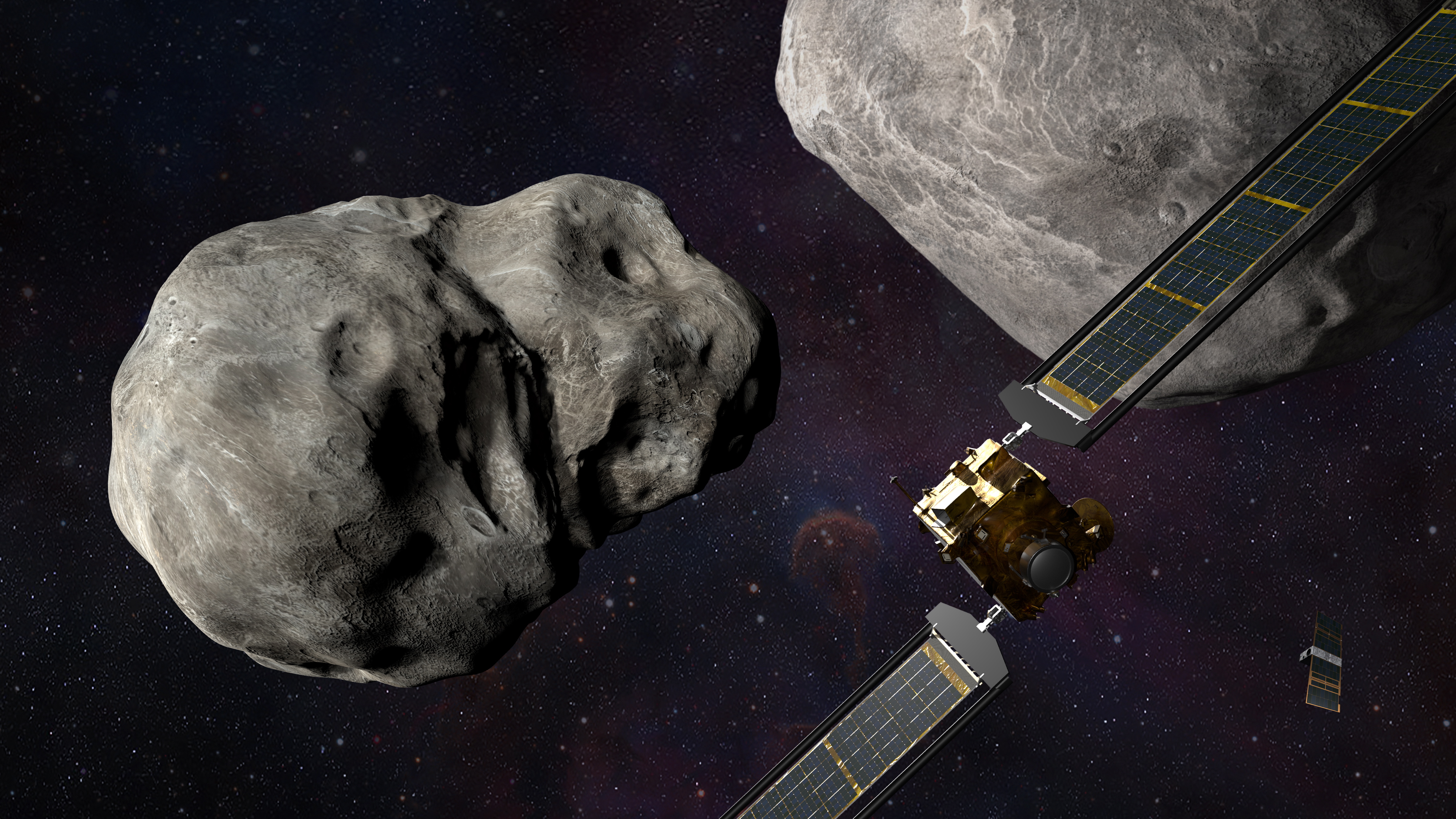An asteroid the size of a school bus will fly past Earth on January 28, travelling at 16.02 km/s, several times faster than a speeding bullet.
According to NASA's Jet Propulsion Laboratory, the diameter of the asteroid, named 2025 BS4, is about 6.7 meters, and according to JPL's Center for Near-Earth Object Studies (CNEOS), its diameter could be between 5 and 12 meters.
2025 BS4 should fly past our planet at a distance of about 822,345 km, which is roughly twice the distance the Moon orbits our planet.
The asteroids in our solar system are mostly found in the asteroid belt between Mars and Jupiter. Occasionally, interaction with the gravity of the planets can cause an asteroid to be ejected from this reservoir and approach the inner solar system and near Earth.
"Space is three-dimensional - while there are a huge number of comets and asteroids out there, most of them orbit in orbits that don't perfectly intersect with Earth's - even if they cross where our orbit is in terms of distance from the Sun, they usually pass harmlessly well above or below Earth," Jonty Horner, a professor of astrophysics at Australia's University of Southern Queensland, told Newsweek.
Because of its proximity to Earth, 2025 BS4 is classified as a near-Earth object (NEO). It is an object located about 193,121,280 km from the Sun, or 48,280,320 km from Earth.
However, 2025 BS4 is not large enough to be considered a potentially hazardous asteroid, so it is only classified as a NEO. According to NASA, the probability of this asteroid hitting us at some point in the future is 0.000013.
In the next few days, several other NEO asteroids will make close flybys to Earth. | BGNES

 Breaking news
Breaking news
 Europe
Europe
 Bulgaria
Bulgaria







